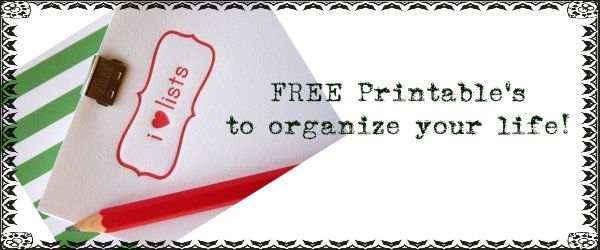While a minor emergency probably won’t put your life in danger, you may find yourself inconveniently stuck inside your house for a few days without power.
In a catastrophic situation, you may be forced to evacuate at little-to-no notice. At the very least, it will likely take FEMA, the Red Cross, or assistance personnel several days to get to you. The items you put in your emergency preparedness kits could prove to be invaluable in an emergency.
Check out the below information, as well as FEMA’s website: http://www.ready.gov/build-a-kit.
Recommended Items to Include in a Basic Emergency Supply Kit:
- Water, one gallon of water per person per day for at least three days, for drinking and sanitation
- Food, at least a three-day supply of non-perishable food
- Battery-powered or hand crank radio and a NOAA Weather Radio with tone alert and extra batteries for both
- Flashlight and extra batteries
- First aid kit
- Whistle to signal for help
- Dust mask, to help filter contaminated air
- Plastic sheeting and duct tape to shelter-in-place
- Moist towelettes, garbage bags and plastic ties for personal sanitation
- Wrench or pliers to turn off utilities
- Can opener for food (if kit contains canned food)
- Local maps
Additional Items to Consider Adding to an Emergency Supply Kit:
- Prescription medications and glasses
- Infant formula and diapers
- Pet food and extra water for your pet
- Important family documents such as copies of insurance policies, identification and bank account records in a waterproof, portable container
- Cash or traveler’s checks and change
- Emergency reference material such as a first aid book or information fromwww.ready.gov
- Sleeping bag or warm blanket for each person. Consider additional bedding if you live in a cold-weather climate.
- Complete change of clothing including a long sleeved shirt, long pants and sturdy shoes. Consider additional clothing if you live in a cold-weather climate.
- Household chlorine bleach and medicine dropper – When diluted nine parts water to one part bleach, bleach can be used as a disinfectant. Or in an emergency, you can use it to treat water by using 16 drops of regular household liquid bleach per gallon of water. Do not use scented, color safe or bleaches with added cleaners.
- Fire Extinguisher
- Matches in a waterproof container
- Feminine supplies and personal hygiene items
- Mess kits, paper cups, plates and plastic utensils, paper towels
- Paper and pencil
- Books, games, puzzles or other activities for children
Remember to check these kits at least once a year to see if your needs have changed, and to swap out older food and toiletry items that may be close to their expiration dates with newer ones. You might also consider making several kits; one to store in your home, and one for your workplace, car, or any other location where you frequently spend time.








No comments:
Post a Comment